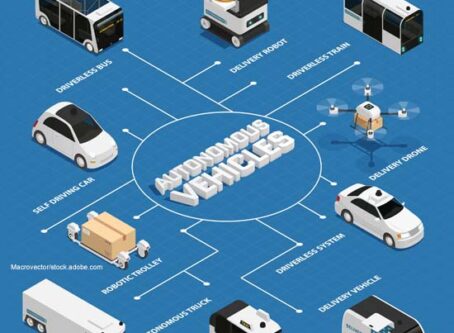Infrastructure law implementation scrutinized at House hearing
House Highways and Transit Subcommittee Chairman Rick Crawford, R-Ark., said that all members of Congress should be dedicated to implementing the 2021 infrastructure law as written.
“Oversight is not a Republican or Democratic issue,” Crawford said during the March 28 hearing. “Congress must fulfill its duty to ensure the Infrastructure Investment and Jobs Act is being implemented as written and that resources are addressing our most pressing transportation infrastructure and supply chain needs. I look forward to hearing from the panel about successes and where improvements can be made as the department continues implementation.”
Representatives of the American Association of State Highway and Transportation Officials, the National Stone, Sand and Gravel Association, the Associated Builders and Contractors, and the American Road and Transportation Builders Association provided committee members with updates on how the law has been implemented.
Infrastructure law
The 2021 infrastructure law was passed at a time when America’s roads and bridges were in serious need of repair. The American Society of Civil Engineers’ 2021 infrastructure report card gave the United States a C-minus. Out of the 17 categories graded, 11 received marks in the D range, including roads, hazardous waste, levees and transit.
In her written testimony, Paula Hammond, who was representing the American Road and Transportation Builders Association, said that progress is already being made.
“Nearly half of the IIJA’s generational investment – $450 billion – will be spent improving highways, bridges and public transportation systems,” Hammond wrote. “The IIJA represents the largest nominal increase in highway funding in 65 years.
“In the first 16 months of the IIJA, states committed funds to nearly 34,700 new projects, totaling $61.3 billion in formula and discretionary funds through Jan. 30, 2023. These new projects stretch from coast to coast, with at least one new project underway in every congressional district.”
Ranking Member Rick Larsen, D-Wash., said there is more work to be done.
“(It) is not a set-it-and-forget-it law,” Larsen said. “We now need the follow through – by Congress, state DOTs, the U.S. Department of Transportation, cities, counties, transit agencies, tribes and private industry working together – to deliver projects so communities get the maximum bang for their buck. Without the investments made by the (infrastructure law), the economy would be in far worse shape today.”
Inflation
Although some progress has already been made, inflation has created an additional hurdle in the implementation of the infrastructure law.
“Inflation’s impact on construction cannot be understated,” Aric Dreher, who was representing the Associated Builders and Contractors, wrote in his submitted testimony. “Since November 2021, when President Joe Biden signed the IIJA into law, input prices for construction projects have increased on average by 11.1%, and nonresidential construction materials prices are up more than 39% since February 2020. Combined with our current labor shortage and supply chain pressures, it is becoming increasingly difficult for construction projects to continue as originally planned.”
FHWA memo
In February, the Federal Highway Administration issued a memorandum that recognized the need for states to determine their infrastructure priorities.
The memo rescinded the December 2021 guidance that encouraged states to use the money from the infrastructure law on “fix it first” programs.
“Different states have different needs when it comes to transportation assets that must be reconfigured and modernized, expanded and added, or retired and replaced,” FHWA Administrator Shailen Bhatt wrote in the memo. “FHWA recognizes and values the authority and role of the states in deciding how to prioritize the use of their federal aid highway dollars and will continue to administer funds and programs consistent with all requisite statutory requirements and considerations.”
The memo also said that “the maintenance of existing roads and highways in a state of good repair is an important tool to ensure the effective use of federal funding.”
Republicans criticized the December 2021 guidance and lauded the decision to rescind.
“In another effort to exert its progressive policy preferences, FHWA released a Dec. 16, 2021, memorandum that directed states to deprioritize projects that increased road capacity,” Crawford wrote. “This policy represented a complete departure from the successful and longstanding federal-state partnership, was inconsistent with the law, and was met with confusion from the states and concerns from industry stakeholders. I was glad FHWA recently issued an updated memorandum superseding and effectively reversing the Dec. 16, 2021, memorandum.” LL









